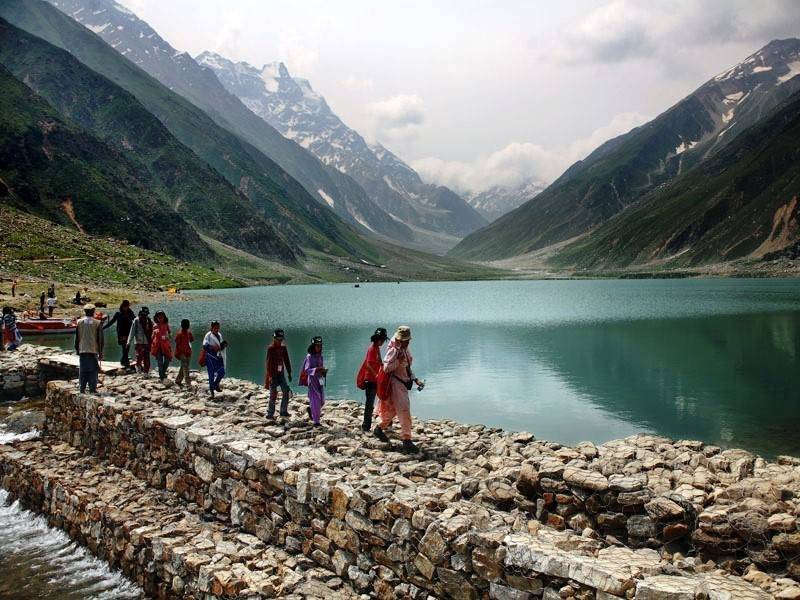Perhaps the surest sign that the country’s security and economic condition is on the up is the fact that international tourism is steadily increasing in Pakistan – however with less than a million foreign tourists visiting the country on an average each year, it is evident that the industry has a long way to go.
This is represented quite clearly in the Travel and Tourism Competitiveness Index 2017 released by the World Economic Forum; Pakistan has been able to improve its ranking by one point in 2017 – currently at 124 out of 136 countries. While this is surely an improvement, it overall rating, as well as the ones in specific markers remains abysmally low. The worst ranking for Pakistan pointed out by the report was visa requirements where ranking was 135 out of 136 countries. The government’s prioritisation of travel and tourism industry was ranked at 132 among the 136 countries surveyed by the report, while the sustainability of travel and tourism industry development got the ranking of 128. Effectiveness of marketing and branding to attract tourists got the ranking of 125. The quality of tourism infrastructure got the ranking of 123 while hotel rooms got ranking of 129.
All of these markers show the country languishing at the lower end of the spectrum, which is unsurprising since the US invasion of Afghanistan and the resulting proliferation of extremism in the country struck a major blow to the tourist industry. For nigh on two decades now the tourism industry has been a footnote in national considerations and the budget. While international tourism is inexorably tied with security perceptions, there is nothing stopping the government from investing in infrastructure and services that will draw domestic tourists.
There is a growing middle class that ardently seeks domestic tourist spots, which need to be catered too. Places like Hunza valley have experienced a recent boom of travellers as investments in infrastructure have made access to the remote region easier. Similar small investments to other regions can make a big difference to the amount of traffic that visits them. The federal and provincial tourism departments need to update and upgrade their facilities, which are where they were left in the early 2000s, the lack of government intervention has meant that tourists only seek the places where the private sector has stepped in and provided alternatives – such as the northern mountains.
Pakistan has a total of 36 world heritage cultural sites and a wealth of historical and natural sites – in anticipation of an improving security situation, it should start investing in tourism, which will boost the domestic industry and entice foreign travellers.






